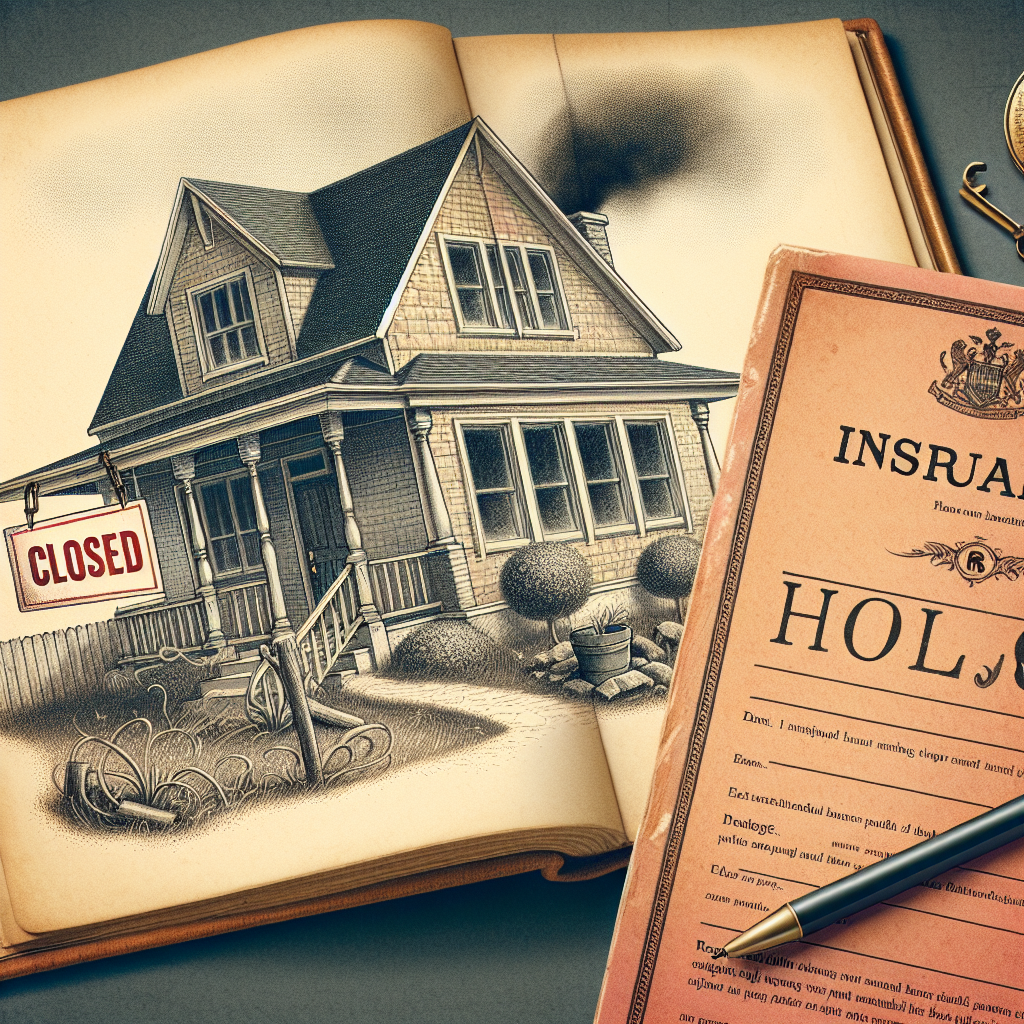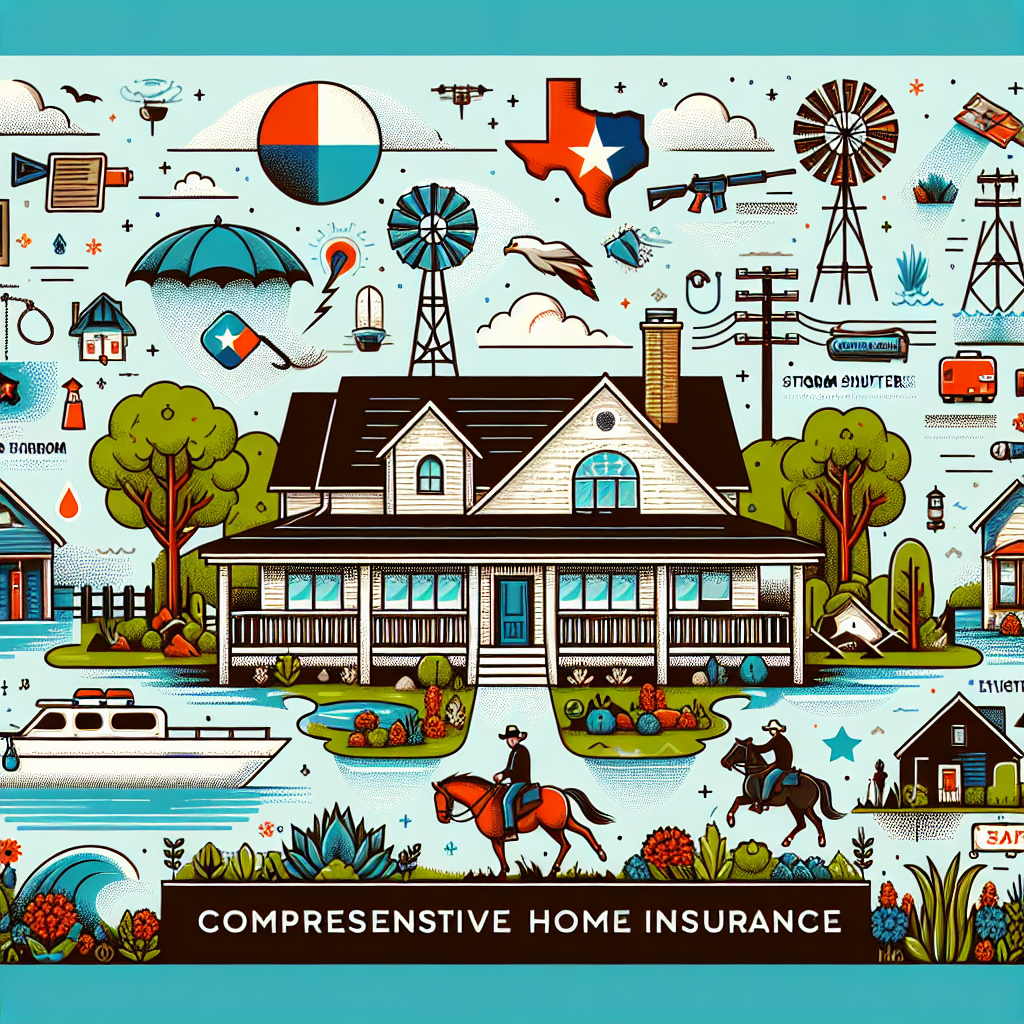Filed under Home Insurance on
Understanding Home Insurance: Loss of Use Coverage

In today’s unpredictable world, safeguarding your home with a comprehensive insurance policy is paramount. While most homeowners understand the basics of home insurance, many are unaware of the nuances involved in specific coverages, such as "Loss of Use Coverage." If you’ve ever wondered what would happen if your home suddenly became uninhabitable due to unforeseen circumstances, this coverage might just be your saving grace. Let’s delve into the intricacies of home insurance loss of use coverage, unraveling its significance and application for every homeowner.
What is Loss of Use Coverage?
Loss of use coverage, often termed "additional living expense" (ALE) coverage, is a provision within your home insurance policy designed to help you manage the extra costs incurred when your residence is temporarily uninhabitable due to a covered peril. A covered peril refers to any of the specific risks or events outlined in your policy that might cause damage to your house, such as fires, storms, or other unforeseen catastrophes.
This form of coverage ensures that homeowners are not financially burdened by having to find alternative accommodation while their home undergoes repairs or rebuilding. It typically covers expenses such as temporary housing, restaurant meals, storage costs, and even pet boarding fees.
Why Does It Matter?
The significance of loss of use coverage cannot be overstated. Imagine a catastrophic event leaving your home in ruins. Beyond the immediate emotional and logistical turmoil, you are suddenly confronted with unexpected expenses. Loss of use coverage steps in to cushion the blow, offering a financial reprieve that allows you to focus on rebuilding and recovering without the added stress of financial strain.
How Does Loss of Use Coverage Work?
Understanding the mechanics of loss of use coverage is crucial for homeowners. Generally, when a claim is made for home insurance loss of use coverage, the insurance company reimburses you for reasonable additional expenses arising out of your displacement. These costs are differentiated from your usual expenses, meaning the insurance only covers the extra outlay beyond normal living costs.
For instance, if you typically spend a certain amount on groceries per month, but due to living in a hotel without cooking facilities, you’re compelled to eat out more often, loss of use coverage would reimburse the difference between your usual grocery expense and your elevated dining costs.
Activation of Loss of Use Coverage
Activating loss of use coverage necessitates that the displacement is a direct consequence of a covered peril. It is important to verify the specifics outlined in your policy, as exclusions might apply. For instance, if your home becomes uninhabitable due to a flood and floods aren’t included as a covered peril in your policy, you might find yourself ineligible for ALE under that scenario.
Key Elements of Loss of Use Coverage
1. Additional Living Expenses (ALE)
The primary component of loss of use coverage is additional living expenses. This element focuses on reimbursing costs directly related to temporary relocation. It encompasses lodging, dining, transport, and other day-to-day necessities. However, luxury or extravagant expenses could be denied, as coverage is meant for reasonable and necessary costs.
2. Fair Rental Value
A lesser-known part of loss of use coverage relates to landlords. If you are a landlord and a property you rent out becomes uninhabitable due to a covered peril, this coverage can reimburse the lost rental income during repairs. This ensures landlords continue to receive an income even when they cannot rent out their property.
3. Policy Limits
Every insurance policy will outline specific limits for loss of use coverage, often expressed as a percentage of the dwelling coverage or as an actual dollar limit. Reviewing these limits with your insurance agent ensures you have adequate coverage for your lifestyle and regional living costs. Additionally, knowing these numbers empowers you to better plan financially for any future disruptions.
Common Triggers for Loss of Use Coverage
Certain events are more likely than others to activate home insurance loss of use coverage. Understanding these scenarios aids in comprehending the coverage’s scope:
- Natural Disasters: Events such as hurricanes, tornadoes, and fires can render homes uninhabitable.
- Water Damage: Sudden pipe bursts or severe roof leaks may lead to significant damage necessitating relocation.
- Theft and Vandalism: If a break-in results in extensive home damage, making it unsafe to occupy, loss of use coverage might activate.
- Falling Objects: Events like a tree falling onto the home can cause structural ruin.
Optimizing Your Home Insurance for Adequate Coverage
Given the importance of home insurance loss of use coverage, ensuring you have sufficient protection is critical. Here’s how:
- Review Policy Details Regularly: Insurance needs can evolve with life changes; reviewing your policy ensures it aligns with current requirements.
- Communicate with Your Insurer: Establishing clear communication with your insurance provider helps clarify what is and isn’t covered under varying circumstances.
- Consider Riders or Endorsements: If you reside in an area prone to specific perils not typically covered, discussing additional endorsements with your insurer can be beneficial.
- Document Regular Living Expenses: Keeping an accurate record of normal living expenses can expedite claims processing when asserting additional costs.
Industry Insights and Trends
The dynamics of insurance are constantly evolving, with modern homeowners increasingly prioritizing comprehensive coverage. Recent trends indicate a significant uptick in claims related to climate-change-induced weather events, spotlighting the essential role of loss of use coverage. Experts forecast growing attention to ALE provisions, driven by an increase in natural disasters and societal shifts toward urban living with limited alternative accommodation options.
The rise of smart technology and predictive analytics is also influencing the industry. Insurers are harnessing data insights for tailored coverage offerings, potentially enhancing the customization of loss of use and related coverages in the future.
Conclusion
Understanding home insurance loss of use coverage is a fundamental aspect of responsible homeownership. It serves as a financial safety net, ensuring life's unexpected disturbances do not escalate into unmanageable financial predicaments. By comprehending its mechanisms, triggers, and limitations, homeowners are better equipped to navigate disruptions with confidence and peace of mind.
Ensuring that your policy aligns with your lifestyle and risk exposure is a proactive step toward safeguarding both your home and your future. So, consult with your insurance provider today, and ensure your coverage accurately reflects your needs.





